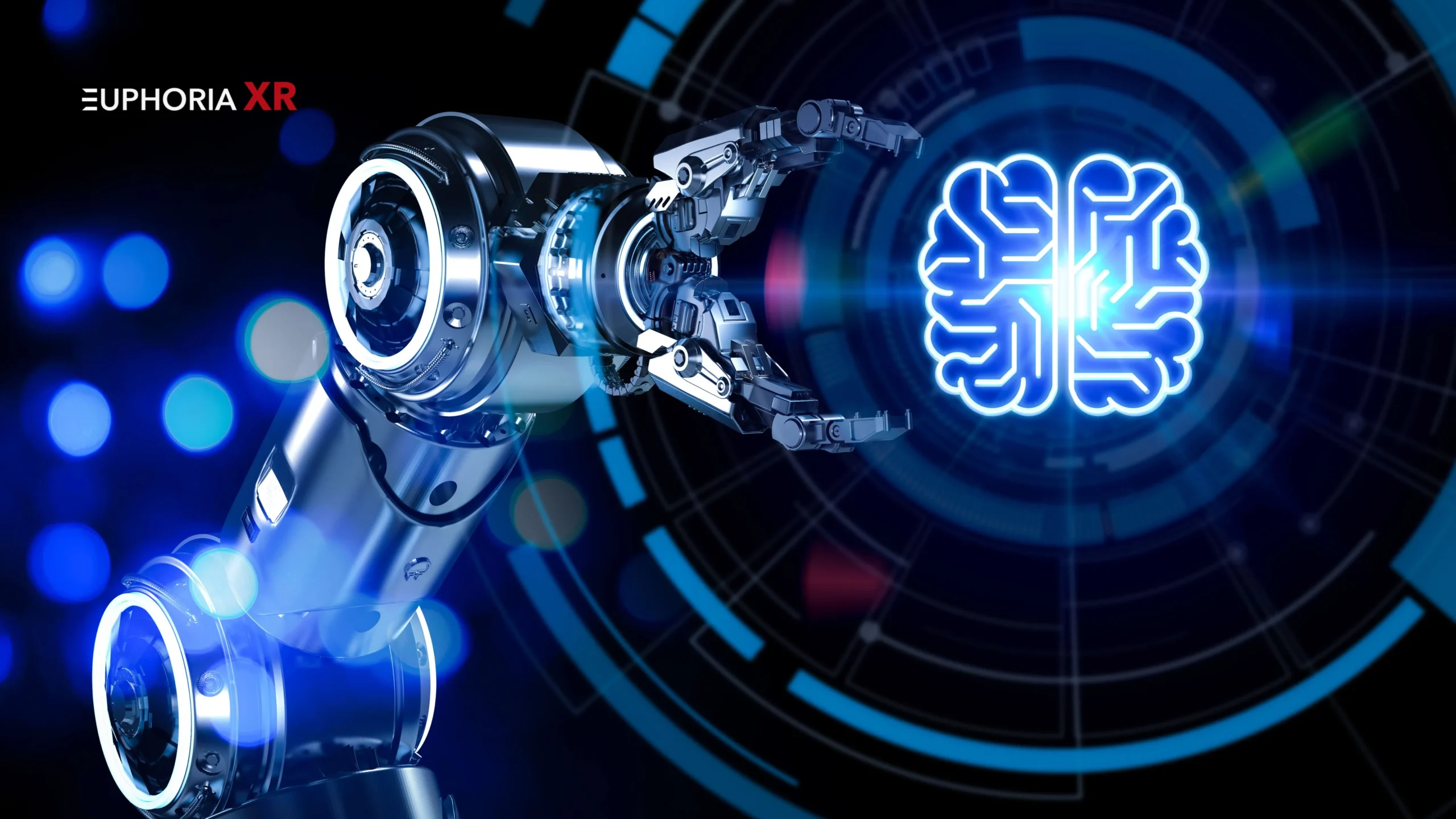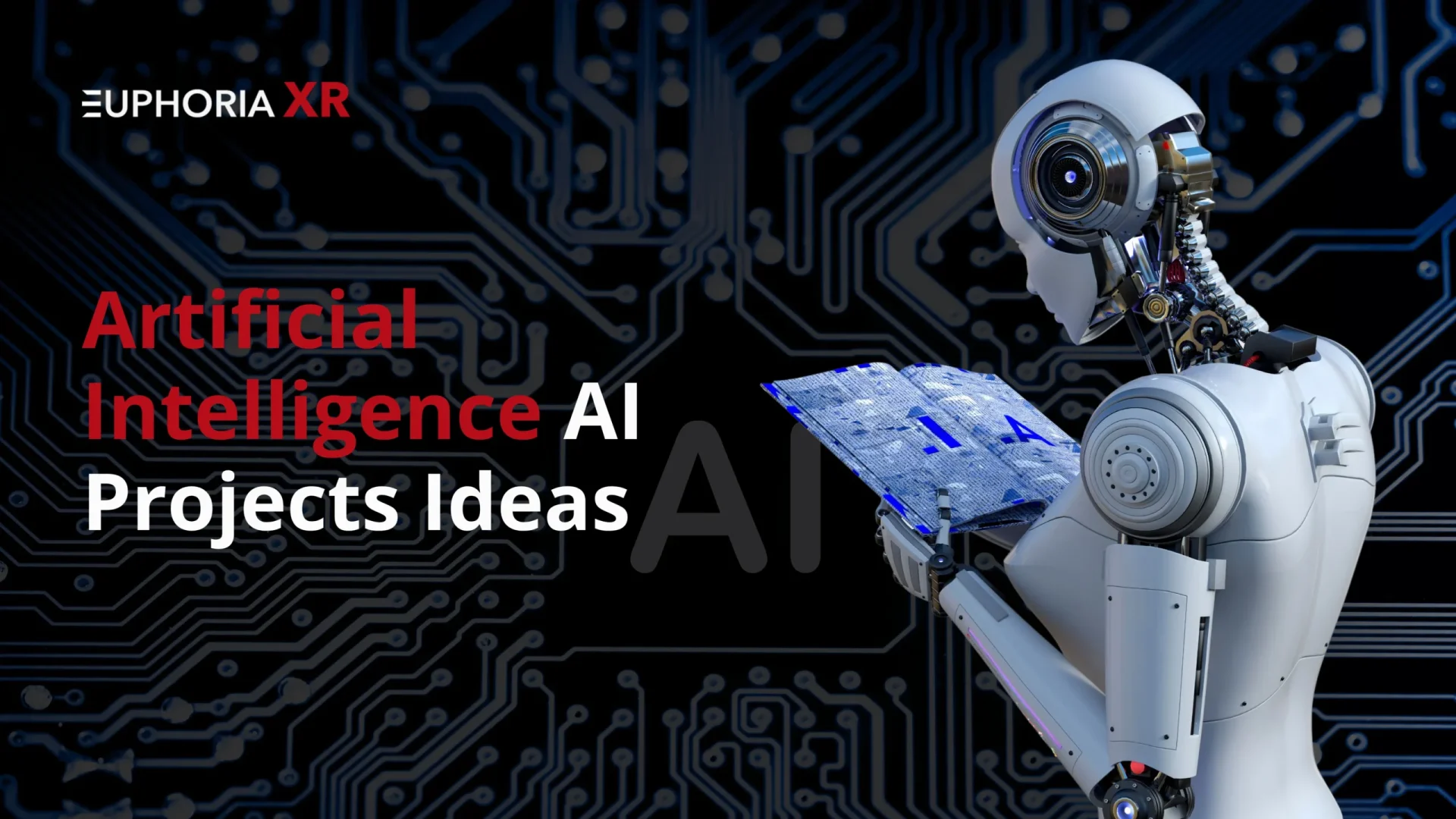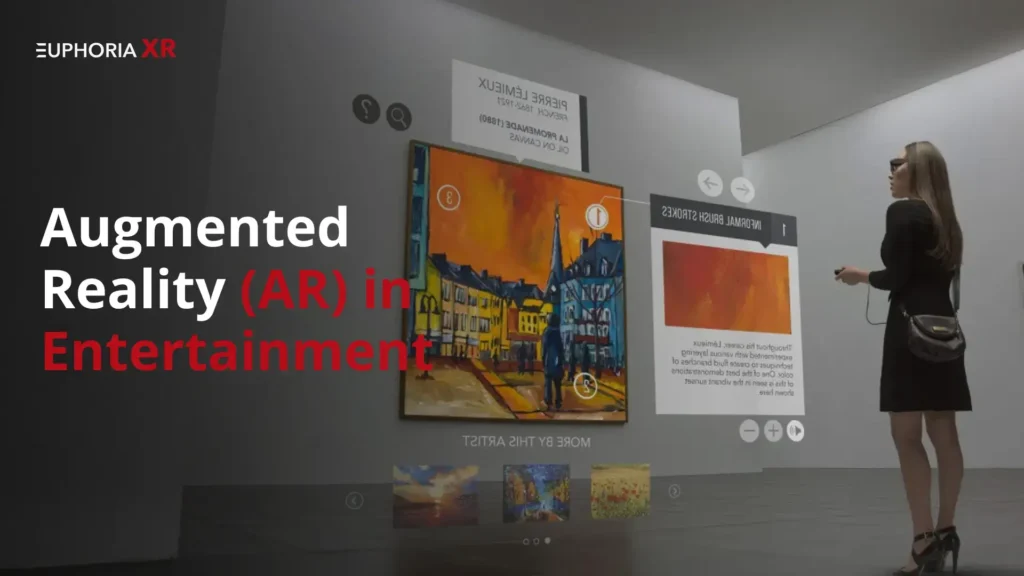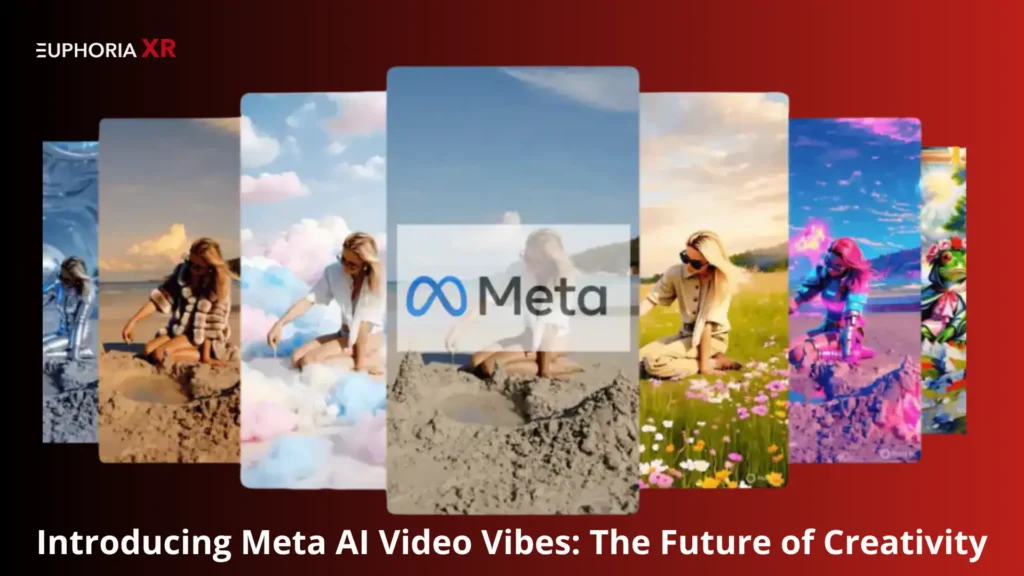Examine AI Project Ideas: From Autonomous Systems to Chatbots
From cybersecurity and entertainment to healthcare and banking, artificial intelligence (AI) is transforming several industries. This guide will assist you in exploring artificial intelligence project ideas suitable for novices, intermediate learners, and seasoned professionals, whether you are an aspiring AI engineer, student, or enthusiast searching for Artificial Intelligence project ideas.
PwC’s AI analysis projects that by 2030, AI will boost the world economy by $15.7 trillion. Hands-on AI projects are the ideal approach to developing skills and landing high-paying AI and machine learning employment, especially as the demand for AI solutions grows.
Let us look at the best Artificial Intelligence project ideas for 2025.
Impact of AI on Society and Industry
Modern society is being shaped by AI, which improves decision-making, accuracy, and efficiency.

Healthcare: According to the Harvard Business Review, AI-driven diagnosis and treatment strategies cut errors by 30–40%.
Finance: Every year, fraud detection systems stop billions of dollars in losses.
Retail and E-commerce: According to McKinsey, personalized recommendations boost conversion rates by 30%.
Cybersecurity: According to the IBM Security Report, AI detects 95% of cybersecurity vulnerabilities before humans do.
In addition to polishing your technical abilities, working on Artificial Intelligence project ideas will help you solve practical issues.
Best Artificial Intelligence Project Ideas for Beginners
These easy-to-learn projects present Artificial Intelligence ideas such as computer vision, NLP, and machine learning. They employ simple AI frameworks and require few datasets. These are excellent for beginners and students learning AI.
1. Spam Email Detector
An AI-based system that uses natural language processing (NLP) and classification algorithms to determine whether emails are spam or not. To identify spam, it looks at keywords, sender details, and text patterns. It is frequently constructed with deep learning, SVM, or Naïve Bayes models.
Employs text classification based on NLP.
Dataset: Enron Spam Dataset.
Applications: Gmail, Outlook, and Yahoo Mail email filtering.
2. Sentiment Analysis of Product Reviews
It evaluates consumer evaluations and assigns a good, neutral, or negative rating. It also aids companies in bettering offerings and understanding client satisfaction. It employs NLP methods such as TextBlob, VADER, or deep learning (BERT, LSTMs).
Makes use of supervised learning models to classify sentiment.
Dataset: reviews from Yelp, Amazon, or IMDB.
Applications: Social media monitoring and e-commerce platforms.
3. Handwritten Digit Recognition
It is an artificial intelligence model that can identify handwritten numbers from scanned pictures. It is trained to categorize numbers 0–9 using deep learning models and is constructed with the MNIST dataset and CNNs.
Makes use of CNNs, or convolutional neural networks.
Dataset: Handwritten Digits from MNIST.
Applications: Postal services and automated form processing.
4. Chatbot for Customer Service
It is a chatbot that uses AI models or preset rules to automatically respond to consumer inquiries. It enhances the user experience and offers prompt responses. It can be constructed with Google’s Dialogflow, Rasa, or NLTK.
Makes use of NLU, or natural language understanding.
Able to incorporate voice-activated answers.
Applications: Help centers, banking, and e-commerce.
5. Stock Price Prediction
It uses past market data and economic considerations to forecast stock trends.
It makes use of deep learning (LSTMs, ARIMA models) and time-series analysis and is beneficial to traders and investors.
Uses AI in conjunction with technical and fundamental analysis.
Dataset: Alpha Vantage API and Yahoo Finance.
Applications: Investment businesses and stock market predictions.
6. Face Detection System
It uses computer vision to recognize faces in pictures or videos. It is capable of real-time face detection after being trained on image datasets. It makes use of deep learning (DNNs, Haar cascades) and OpenCV.
Makes use of classification and feature extraction.
Datasets: LFW and CelebA.
Applications: Facial recognition and security monitoring.
7. Language Translation Model
Real-time text translation from one language to another using an AI model. It makes use of transformer-based models, such as Google’s T5, GPT, and BERT, and aids in removing linguistic obstacles.
Uses attention-mechanism-based seq2seq models.
Dataset: Machine translation dataset for WMT.
Applications: Multilingual chatbots and Google Translate.
8. Object Detection with TensorFlow
It uses R-CNN, SSD, or YOLO models to identify and categorize objects in pictures or videos and can be applied to retail, security, and self-driving cars.TensorFlow Object Detection API is used in its construction.
Employs picture segmentation based on deep learning.
Datasets: Open Images and COCO.
Applications: Surveillance systems and self-driving automobiles.
9. Movie Recommendation System
It makes movie predictions and recommendations based on user tastes. It personalizes suggestions through content-based and collaborative filtering and is frequently constructed using the Surprise library and Scikit-learn.
Makes suggestions based on ratings and user activity.
Dataset: MovieLens.
Applications: Suggestions for Hulu, Netflix, and Prime Video.
10. Traffic Sign Recognition
It relies on deep learning models to identify and categorize traffic signs from pictures and can be applied to autonomous car systems. It is trained using the dataset known as the German Traffic Sign Recognition Benchmark (GTSRB).
Employs CNN models to classify images.
Dataset: The GTSRB dataset.
Applications: Traffic control systems and self-driving automobiles.
Suggested Read: https://euphoriaxr.com/top-10-best-ai-productivity-tools-2024/
11. Resume Parser AI Project
It is a method that uses artificial intelligence to extract crucial information from resumes. It structures unformatted resume data with OCR and NLP and aids in hiring process automation for recruiters.
Use models for Named Entity Recognition (NER).
Dataset: Kaggle resume datasets.
Applications: LinkedIn job matching and HR automation.
12. Fake News Detector Project in AI
It uses deep learning and natural language processing to identify false news items. It is trained to use linguistic patterns to distinguish between phony and true news and aids in avoiding false information.
Classifies texts using supervised learning.
Dataset: Fake News Corpus, LIAR dataset.
Applications: Fact-checking on social media and news platforms.
13. Instagram Spam Detection
Instagram spam comments and phony accounts are filtered by this AI model. It analyzes comment trends using deep learning and can enhance the social media user experience.
Makes use of binary categorization models.
Dataset: Kaggle social media datasets.
Uses: Tools for social media moderation.
14. Animal Species Prediction
It uses computer vision to identify animal species from pictures and is beneficial for research on biodiversity and wildlife protection. It classifies images using deep learning.
Makes use of transfer learning models such as VGG and ResNet.
Dataset: Naturalist.
Applications: Zoo management and wildlife monitoring.
15. Pneumonia Detection with Python
It is an AI model that uses X-ray pictures to identify pneumonia. It makes use of CNN models that have been trained on medical data and aids physicians in the diagnosis of respiratory conditions.
Applies deep learning to the examination of medical images.
Database: NIH Chest X-Ray Dataset.
Applications: Radiological automation and medical diagnostics.
16. Teachable Machine
It is an AI tool from Google that enables model training without the need for code. It identifies sounds, pictures, or patterns in response to user input and is excellent for experiments and AI instruction.
Uses the open-source AutoML from Google.
Dataset: Text, audio, and image data supplied by the user.
Applications: Interactive learning and AI prototyping.
17. Autocorrect Tool
It is a spell checker powered by AI that fixes misspelled words. It uses deep learning models and Levenshtein Distance and can be included in word processors and chat programs.
Employs tokenization and natural language processing.
Dataset: Corpus datasets in English.
Applications: Texting apps and text editors.
18. Fake Product Review Identification
It identifies phony reviews on online shopping sites. It makes use of behavioral pattern recognition and sentiment analysis and helps companies stay credible.
Classifies texts using supervised learning.
Dataset: Fake reviews from Amazon.
Applications: Product trustworthiness assessments and e-commerce websites.
Do you want to incorporate AI into your company? Euphoria XR offers customized AI development solutions and consulting services for various industries, tailored to your specific needs. Work together with a top AI Development Company & Consulting Services to promote change.
Intermediate-Level Artificial Intelligence (AI) Projects Ideas
By combining deep learning, predictive analytics, and sophisticated natural language processing, These projects are built upon fundamental AI ideas. These are perfect for people who have some knowledge of AI frameworks and machine learning.
1. Sentiment Analysis of Social Media Posts
It determines whether an opinion is good, neutral, or negative by analyzing text from social networking sites like Facebook, Reddit, and Twitter/X. It aids in the tracking of sentiment trends and decision-making for brands and makes use of NLP models based on deep learning, such as LSTMs and BERT.
Uses NLP with real-time API scraping.
Dataset: Sentiment analysis data from Twitter.
Applications: Political analysis and brand reputation tracking.
2. Chatbot for Customer Service
It is an AI-powered chatbot that can comprehend context and respond like that of a human. It uses intent recognition and transformers (BERT, GPT) to interact with users and can automate FAQs, appointment scheduling, and customer support inquiries.
Uses conversation modeling, deep learning, and natural language processing.
Dataset: FAQ datasets and chat logs from customer support.
Applications: Banking, e-commerce, and medical support.
3. Image Classification System
It is trained to categorize pictures into groups like objects, animals, or scans from medical exams. It makes use of ResNet/VGG models, CNNs, and transfer learning. It can be applied to security, healthcare, and retail.
Trains deep learning models using TensorFlow/Keras.
Datasets: ImageNet, CIFAR-10, or custom datasets.
Applications: Medical imaging, automatic labeling, and security.
Suggested Read: https://euphoriaxr.com/top-ai-research-tools-change-your-life/
4. Fraud Detection System
It is a technology-driven by AI that detects fraudulent financial and banking transactions.
It makes use of supervised learning (XGBoost, Random Forests) and anomaly detection and identifies odd spending trends to stop cybercrimes.
Makes use of machine learning and real-time anomaly detection.
Dataset: Dataset for detecting credit card fraud.
Applications: Cybersecurity, banking, and finance.
5. Personalized Recommendation System
It makes content, movies, or product recommendations based on user activity. It makes use of hybrid models, content-based filtering, and collaborative filtering and it is like the recommendation systems used on Netflix, YouTube, and Amazon.
Makes use of deep learning-based recommendations and matrix factorization.
Datasets: E-commerce user data and the MovieLens dataset.
Applications: Internet shopping and streaming services.
6. A Predictive Maintenance System
It uses sensor data to forecast when machinery or other industrial equipment may break down. It makes use of deep learning models (LSTMs, ARIMA) and time-series forecasting and reduces industry downtime by planning maintenance before it breaks.
Makes use of predictive analytics and IoT sensor data.
Dataset: NASA’s predictive maintenance dataset.
Applications: Oil & gas, manufacturing, and aviation sectors.
7. Traffic Prediction and Management System
It predicts congestion and recommends alternate routes by analyzing real-time traffic data. It makes use of AI-powered data analytics, GPS, and IoT and makes city traffic more efficient for more convenient transit.
Makes use of Google Maps API real-time data.
Dataset: Kaggle traffic monitoring datasets.
Applications: Ride-sharing apps and smart cities.
8. Voice Assistant
It is an AI-driven virtual assistant with voice synthesis and speech recognition capabilities. It uses text-to-speech (TTS), speech-to-text (STT), and natural language processing (NLP) technologies. It is like Alexa, Google Assistant, and Siri.
Makes use of deep learning algorithms to recognize voices.
Dataset: Common Voice data from Mozilla.
Applications: Customer service and home automation.
9. Automatic Text Summarization
It is an AI model that produces brief synopses of lengthy papers or articles.
It uses transformers and extractive and abstractive summarization techniques and helps summarize academic papers, legal documents, and news articles.
Applies NLP using the GPT-3, T5, or BART models.
Datasets: Scholarly publication repositories and the CNN/DailyMail dataset.
Applications: Research analysis and news aggregation.
10. Health Monitoring System
An AI-powered system that uses wearable technology to track patient vitals. It analyzes movement patterns, oxygen levels, and heart rate using deep learning and the Internet of Things. It can support remote patient monitoring and early disease detection.
Employs time-series forecasting to analyze patient information.
Dataset: ECG and wearable sensor data.
Applications include those for fitness, healthcare, and senior care.
Read Also: https://euphoriaxr.com/work/fitcus-ai-body-tracking-fitness-app/
11. Price Comparison Application
It is an application that uses artificial intelligence to compare product costs across e-commerce sites. It makes use of automation, machine learning, and web scraping and finds the greatest bargains, saving customers money.
Makes use of web scraping APIs such as Scrapy and BeautifulSoup.
Dataset: Pricing information from e-commerce.
Applications: Assistants for online and retail shopping.
12. The Ethnicity Detection Model
It uses face cues to predict a person’s ethnicity and face recognition models based on CNN. It can be applied to cultural studies and research.
Extracts face features using computer vision.
Dataset: UTKFace.
Applications: Social research and demographic studies.
13. Traffic Prediction
It uses both historical and current data to forecast traffic situations in the future. It makes use of LSTMs and other deep-learning models and enhances the planning of urban mobility.
Makes use of time-series forecasting methods.
Dataset: APIs for open traffic data.
Applications: Smart city planning and navigation apps.
14. Age Detection Model
It is a model driven by AI that uses an image to determine a person’s age. It makes use of facial recognition algorithms using deep learning and can be applied to security systems or apps with age restrictions.
Uses CNNs to extract facial features.
Dataset: UTKFace.
Applications: Targeted advertising and age verification.
15. Image to Pencil Sketch App
It uses AI to convert actual photos into pencil doodles. It employs deep learning and GANs to transfer styles and is widely used in applications for digital art.
Employs models for image-to-image translation.
Dataset: Kaggle sketch datasets.
Applications: Filters for photography and art and design.
16. The Hand Gesture Recognition Model
It recognizes and deciphers hand signals to facilitate communication between humans and computers. It uses object identification based on deep learning (YOLO, OpenPose).
beneficial for AR/VR and sign language recognition.
Makes use of deep learning and computer vision.
Dataset: Kaggle hand gesture datasets.
Applications: Robotics, gaming, and deciphering sign language.
17. Text Generation Model
It is an AI-driven text generator that produces stuff that seems human. It makes use of GPT models to generate and predict text and is beneficial for chatbots and content automation.
Makes use of deep learning NLP models and transformers.
Dataset: GPT datasets from OpenAI.
Applications: Chatbots and articles produced by AI.
18. Colour Detection
It uses AI to identify and label colors in pictures. It makes use of clustering methods and computer vision and can be applied to accessibility apps and design tools.
Makes use of the RGB and HSV color spaces.
Dataset: OpenCV color datasets.
Applications: Colorblind support and graphic design.
19. Sign Language Recognition App with Python
It is an AI-powered program that converts sign language to text. It makes use of deep learning and hand tracking and allows those who are hard of hearing to communicate.
Makes use of models for gesture recognition.
Dataset: Kaggle’s sign language dataset.
Applications: Communication aids and assistive technologies.
20. Detecting Violence in Videos
It is an artificial intelligence model that recognizes violent activity in security footage. It uses deep learning and computer vision to identify activities and improves systems for security monitoring.
Makes use of datasets for action recognition.
Dataset: The UCF-Crime dataset.
Applications: Security and law enforcement.
21. AI Video Summarization and Quiz Generation Project
It automatically creates quizzes and summarizes video content. It makes use of deep learning, NLP, and speech-to-text and is beneficial for e-learning and educational platforms.
Makes use of content summarizing and speech recognition.
Dataset: Lectures or YouTube videos.
Applications: Corporate training and e-learning systems.
Advanced Artificial Intelligence AI Project Ideas
Proficiency in deep learning, reinforcement learning, and generative models is necessary for these AI initiatives. They concentrate on innovative AI applications in autonomous systems, gaming, cybersecurity, healthcare, and finance.

1. Autonomous Driving System
It uses LiDAR data, computer vision, and reinforcement learning to create a model for a self-driving car. It uses deep learning to prevent collisions, identify objects, and detect lanes which is fundamental to autonomous car systems such as Tesla Autopilot.
Makes use of deep reinforcement learning, OpenCV, and YOLO.
Datasets: Waymo Open Dataset and Udacity’s Self-Driving Car Dataset.
Applications: Intelligent transportation systems and driverless vehicles.
2. AI-Based Medical Diagnosis System
It is an AI-driven system that uses patient data and medical imaging to identify illnesses.
It analyzes medical imaging using CNNs, RNNs, and deep learning models and aids in the early detection of illnesses like COVID-19, pneumonia, and cancer.
Analyzes CT, MRI, and X-ray scans using deep learning.
Datasets: COVID-19 Radiography Database and the NIH Chest X-ray dataset.
Applications: AI-assisted imaging and healthcare diagnostics.
3. Conversational AI for Customer Service
It creates a sophisticated AI chatbot that is aware of context, intent, and emotions.
It generates responses that resemble those of a person using transformers such as GPT, BERT, or T5 and enhances user experience while lowering the need for human interaction in customer service.
Makes use of deep reinforcement learning and natural language processing.
Dataset: MultiWOZ dataset, conversation logs from customer service.
Applications: Automated customer service and virtual assistants driven by AI.
4. Real-Time Sports Analytics System
It is an AI-driven system for tracking and analyzing sports performance. It tracks player movements and examines game tactics using computer vision and can give analysts and coaches real-time insights.
Makes use of posture estimation models such as Mediapipe and OpenPose.
Dataset: Football and NBA tracking data.
Applications: Performance-enhancing technologies and sports analytics.
5. Personalized Education Platform
It is an AI-powered adaptive learning platform that tailors learning materials to individual students. It analyzes learning behavior using deep learning, natural language processing, and reinforcement learning and assists students in tracking their progress and receiving tailored learning advice.
Predicts student achievement using machine learning methods.
Dataset: ASSISTments and other EdTech datasets.
- Applications: Virtual tutors and e-learning systems.
Is your company prepared for the AI revolution? We offer the best AI solutions, ranging from chatbots to predictive analytics. Get in touch with us right now to discuss your AI requirements!
6. Financial Market Prediction System
It creates a model for trading strategy and stock market forecasts based on AI. It makes use of sentiment analysis, reinforcement learning, and LSTMs to forecast price changes. It is suitable for risk evaluation and high-frequency trading.
Makes use of deep reinforcement learning and time-series forecasting.
Datasets: Quandl stock market datasets and Yahoo Finance.
Applications: Investment advising and stock market trading.
7. Advanced Fraud Detection System
It is an AI-powered technology that recognizes cybersecurity risks and financial crime.
It employs deep learning, graph neural networks, and anomaly detection to identify questionable activity and prevent fraud in online transactions, banks, and fintech businesses.
Makes use of anomaly detection and unsupervised learning.
Datasets for detecting credit card fraud.
Applications: Fraud prevention, cybersecurity, and banking security.
8. Smart Agriculture System
It is a precision farming system driven by AI that maximizes crop productivity and resource utilization. It monitors the health of the soil and plants using computer vision, Internet of Things sensors, and predictive analytics and aids farmers in making data-driven choices to boost output.
Makes use of predictive modeling, soil analysis, and drone photography.
Datasets: Agriculture-Vision and PlantVillage.
Applications: Precision agriculture, automated irrigation, and smart farming.
9. Intelligent Video Surveillance System
It is a real-time security monitoring solution powered by AI that can identify anomalous activity. It employs deep learning and computer vision to detect anomalies, recognize faces, and detect movements and improves security in establishments, banks, and public areas.
Makes use of anomaly detection models, OpenCV, and YOLO.
Dataset: CCTV video surveillance datasets.
Applications: Facial recognition software, law enforcement, and security monitoring.
10. Energy Consumption Optimization
It is an artificial intelligence model that forecasts and maximizes energy use in industries and smart buildings. It reduces waste by analyzing consumption trends using IoT and AI and lessens the influence on the environment and electricity expenses.
Predicts energy consumption using time-series forecasting.
Dataset: Creating datasets on energy usage.
Applications: Industrial energy management and smart grids.
11. AI in Gaming: AI-Driven Non-Player Character (NPC) Behavior
It creates intelligent non-player characters that can learn from and adjust to player activities in real-time. It makes use of deep Q-networks and reinforcement learning to create dynamic gaming experiences and improves game difficulty balancing and AI-driven storytelling.
Makes use of generative adversarial networks (GANs) and reinforcement learning.
Dataset: AI simulation datasets for games.
Applications: Creating engaging AI gaming experiences and game development.
12. Autonomous Drone Navigation System
It is a self-navigating drone with AI capabilities that can plan flying routes and identify barriers. It uses reinforcement learning and computer vision to navigate on its own and can be applied to agriculture, surveillance, and disaster relief.
Uses simultaneous localization and mapping, or SLAM, to navigate in real-time.
Dataset: UCF Aerial Action Dataset and other drone imagery datasets.
Applications: Environmental monitoring, surveillance, and delivery drones.
13. AI in Cybersecurity: Phishing Detection System
It is an AI model that uses anomaly detection and natural language processing to identify and stop phishing attempts. It examines dangerous URLs, sender activity, and email content and shields consumers from online dangers, identity theft, and email fraud.
Employs graph-based fraud detection and deep learning.
Datasets: The PhishTank and Enron phishing datasets.
Applications: Business cybersecurity and email security.
14. AI-Powered Language Translation Model
It is a sophisticated real-time artificial intelligence translator that can translate text or speech between languages. It makes use of transformer models such as multilingual BERT, T5, and GPT and enhances interlanguage communication for people worldwide, tourists, and enterprises.
Uses attention-mechanism-based seq2seq models.
Dataset: Machine translation dataset for WMT.
Applications: Real-time transcribing tools and Google Translate.
15. AI for Protein Structure Prediction
It is a protein-folding prediction model powered by AI for bioinformatics and drug discovery. It makes predictions about 3D architectures using deep learning models such as AlphaFold and transforms genetic research, pharmaceutical development, and medical research.
Makes use of deep neural networks and transformers.
Dataset: The Protein Data Bank, or PDB.
Applications: Medication development, personalized medicine, and biotech research.
How to Choose the Best Artificial Intelligence Projects Ideas?
When Choosing an AI Project:
✔ Think About Your Skill Level: Begin with basic projects and work your way up to more complex models.
✔ Useful Applications: Address significant real-world issues.
✔ Educational Possibilities: Select projects that impart novel AI ideas.
✔ Dataset Availability: Make sure you have access to high-quality, labeled datasets from resources such as OpenAI, Kaggle, and the UCI ML Repository.
✔ Computing Resources: Determine whether your project calls for cloud-based AI platforms (AWS, Azure, Google Colab) or CPUs and GPUs.
✔ Industry Relevance: For career advantages, choose AI projects about automation, cybersecurity, healthcare, or finance.
✔ Scalability: Pick initiatives that have the potential to develop into more intricate AI systems or practical uses.
✔ Deployment Feasibility: Choose projects that can be implemented with Flask, FastAPI, or TensorFlow Serving if you are interested in AI development.
✔ Ethical Considerations: Verify that the project conforms to data protection, bias mitigation, and AI fairness standards.
✔ Research and Community Support: Select projects with robust research publications, GitHub repositories, or documentation.
✔ Time Commitment: Determine the project’s duration and whether it aligns with your learning plan.
✔ Upcoming Trends in AI: To keep ahead of the curve in the field, investigate explainable AI (XAI), multi-modal AI, or federated learning.
Tip: To efficiently monitor progress, divide complicated tasks into smaller milestones!
Is your company prepared for the AI revolution? We offer the best AI solutions, ranging from chatbots to predictive analytics. Get in touch with us right now to discuss your AI requirements!
Final Thoughts!
Globally, artificial intelligence is reforming sectors and spurring innovation. Choosing the appropriate project, learning new things constantly, and developing a solid portfolio are essential elements in starting a successful AI career, regardless of your level of experience. You may improve your abilities, obtain practical experience, and maintain your competitive edge in this rapidly changing sector by working on Artificial Intelligence project ideas with real-world applications.
AI is about more than just automation; it is about resolving difficult issues, increasing productivity, and opening up new possibilities. Start with tiny projects, take online courses, and get involved in AI communities if you want to get started in the field. Your enthusiasm for AI can become a lucrative career if you put in the necessary effort and use the appropriate approach.
Frequently Asked Questions FAQs?
What is the difference between machine learning and deep learning?
A branch of artificial intelligence called machine learning (ML) allows computers to learn from data without explicit programming. It makes predictions using techniques such as random forests, SVM, and decision trees.
A branch of machine learning called deep learning (DL) makes use of multi-layered neural networks, or deep neural networks, to learn from massive datasets. Voice assistants, picture recognition, and self-driving cars are just a few of the AI applications it supports.
How can AI contribute to solving global challenges?
AI is essential to medical research, disaster forecasting, and climate change monitoring. It enhances agricultural yield, optimizes energy use, and detects diseases early. AI-powered chatbots and educational platforms also improve access to education in underserved communities.
What are the ethical considerations in AI development?
Reducing bias, being transparent, and using AI responsibly are the main goals of AI ethics. Data privacy, algorithmic bias, deepfake abuse, and AI judgment responsibility are among the difficulties. Explainability, fairness, and security in AI systems must be given top priority by businesses to guarantee ethical AI.
Can AI replace human jobs, or will it create new opportunities?
The future of work will be AI-human collaboration, necessitating ongoing skill development. AI will automate repetitive tasks, which will result in job displacement in some areas, but it will also create new roles in automation management, data science, AI ethics, and AI engineering.
How to learn AI for free?
Online Courses: Coursera (Andrew Ng’s ML Course), Google AI, edX, and Khan Academy.
Hands-on Practice: Kaggle, GitHub, and TensorFlow tutorials.
AI Communities: Participate in LinkedIn AI discussions, Reddit’s r/MachineLearning, and AI Discord groups.
Tip: Start with Python and basic ML, then move on to deep learning and AI frameworks.















